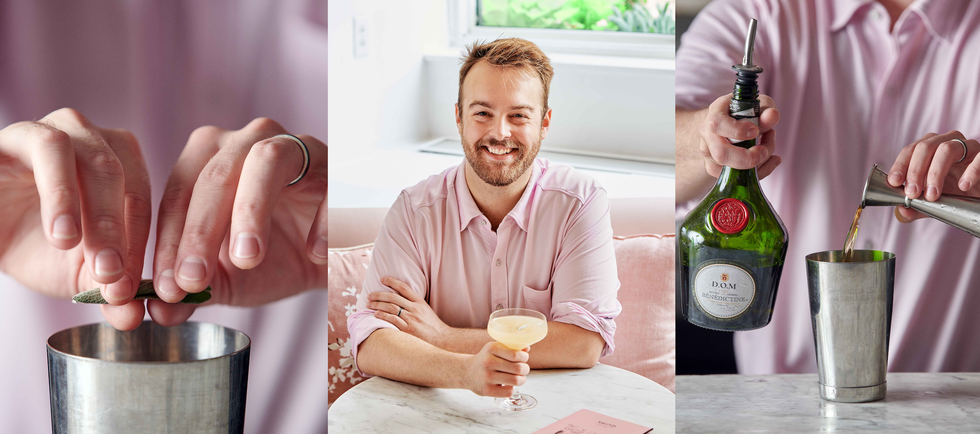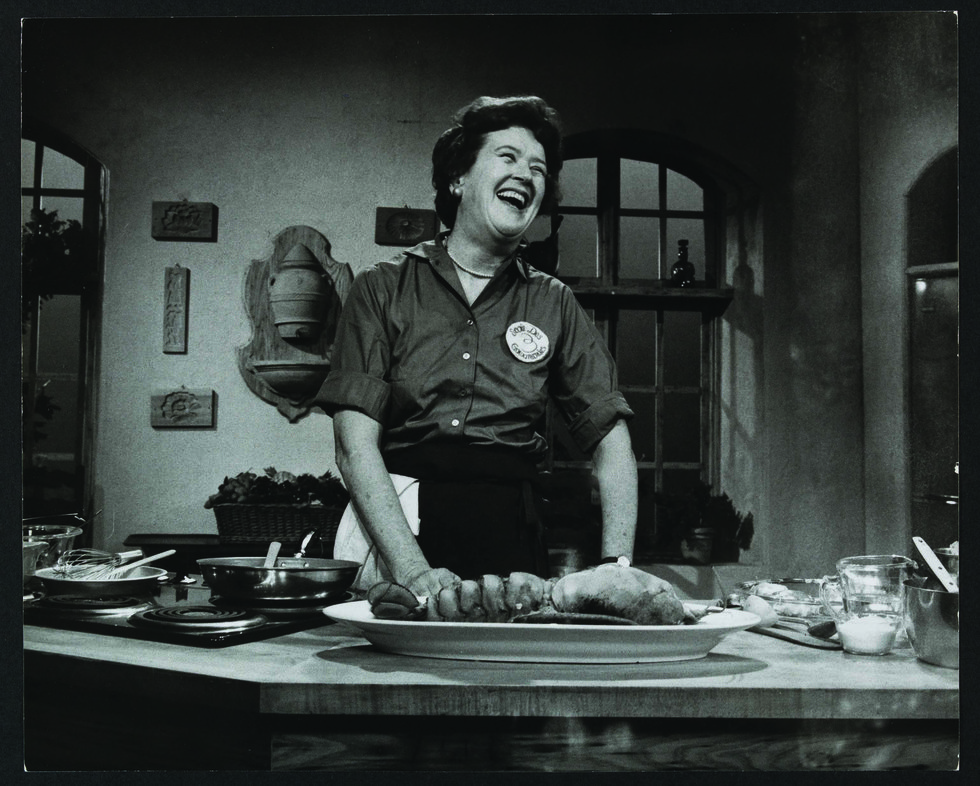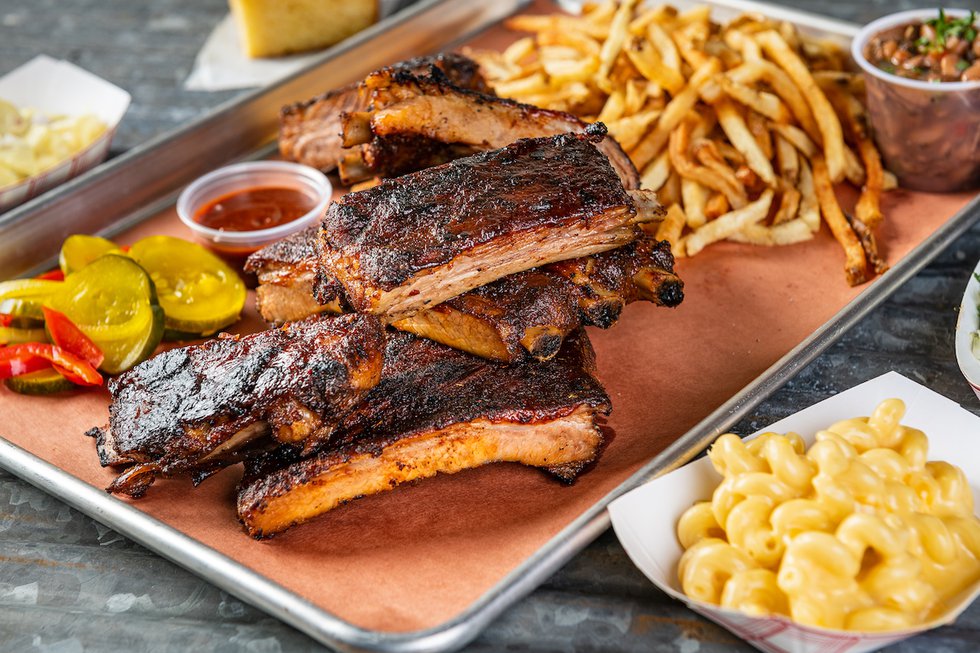To craft a drink that delights, think like a bartender.

Slide into a banquette at any craft cocktail bar and you’ll be greeted with a list of specialty drinks with names that sound like Derby winners: Over the Moon, Liquid Sunshine, Gold Rush.
Once exclusive to speakeasies and lounges, specialty cocktails now seem to be everywhere. Crafted by skilled bartenders, these drinks introduce new flavors and capture a bar’s style—from playful to sophisticated to retro-moody. If you’ve wondered how these delightful libations come to be, here’s a trade secret: With a little bartender know-how, you can conjure your own signature drink at home.
Start by knowing the building blocks of a good cocktail. These include a base spirit (be it bourbon or gin, vodka or tequila), a sugar (simple syrup, honey, agave, or raw cane sugar all work well), and either bitters or an acid (usually citrus). To add depth of flavor and complexity to these two standard builds, you can add a liqueur or amaro. With these basics in mind, you’re ready to mix.
Step 1: Read the Room
Bartenders gauge the complexity of a cocktail recipe on the space, whether it’s a 300-seat restaurant or an intimate dinner at home. Techniques like cutting ice, smoking glasses, charring fruit, or setting a drink ablaze add to the build-time. At home, you can take your time with the drink, adding ingredients and complex techniques to create a true showstopper.
But, here’s the key: good cocktails don’t have to be complicated. If you need to shave seconds off the build-time, make it with three to four well-considered ingredients and a ready garnish.
Step 2: Consider the Season
Like chefs, bartenders find inspiration in fresh, seasonal ingredients: sage or squash in fall, blueberries or basil in the summer, and blood oranges during their glorious mid-winter window of opportunity.
Step 3: That’s The Spirit
Now that you’ve chosen your fresh ingredients, pick a base spirit that complements those flavors. Can’t decide? Pour little tasters of tequila, vodka, rum, gin, and whiskey and try each with a bite or a sip of your seasonal ingredient. You’re looking for flavors that play well together. After you’ve chosen the base, you can add secondary ingredients like liqueurs, amari, sugars, acids, and bitters to complement a flavor you’re noticing in the first go-round.
Step 4: The Ratio
Build your cocktail with a traditional ratio first: equal parts of your chosen ingredients. Think one part liquor, one part acid (lemon, lime, or grapefruit juice are all winners), one part liqueur, and one part sugar. This one-to-one ratio is easiest to keep track of and a good standard to then adjust. Think of the Negroni: one part gin, one part Campari, one part rouge vermouth. Or the Last Word, a popular Prohibition-era cocktail. It’s equal parts gin, green Chartreuse, lime juice, and Luxardo.
Once you’ve combined equal parts of your ingredients, add and subtract as you go until you taste the right balance.
Step 5: The Presentation
The glass defines how the drink, well, drinks. A cocktail on ice will dilute further, unlike a cocktail served “up”—chilled with no ice.
Does the cocktail need to be served tall with a splash of soda on top to help dilute the stronger flavors and express the more subtle ones? Will you add an edible garnish, or maybe a lemon twist for added citrus oils? These subtle tweaks will impact your final flavor, so taste your final garnished presentation to be sure you don’t need to adjust further.
Step 6: The Name
When naming a cocktail, dad jokes, wordplay, local lore, even movie references come into play. Often a drink is named after its base spirit, a secondary spirit, the bar of origin. But even the bartender’s favorite TV show is fair play. The world is your oyster. Drink names are limited only by your imagination.
Step 7: Enjoy!
Now that you’ve got the idea, try out some recipes. Don’t be afraid to get creative and use ingredients that are new to you. If you’re a novice and want a place to start, try making “The Benefactor,” one of the Quirk Hotel Richmond’s fall specialties.

RECIPE: The Benefactor
The Benefactor gets its name from one of the predominant flavors: Benedictine. Benedictine tastes of honey, spices, herbs, and subtle citrus. It is also quite viscous, adding body to the cocktail. The thought behind the name is that the drink benefits from this ingredient, thus making it “The Benefactor.”
- 1½ oz Tanqueray 10 Gin
- ½ oz Benedictine
- ¾ oz fresh squeezed lime juice
- ¾ oz raw ginger syrup
- 3 fresh sage leaves
Start by rolling two sage leaves between your fingers to express the oils, then throw them into a cocktail shaker. Add lime juice, raw ginger syrup, Benedictine, and gin—in this order. It’s always a good idea to build your cocktails starting with the least expensive ingredient first. Add ice to your shaker (always after your ingredients, never before), and shake it hard.
Double strain this into a coupe—double straining is simply straining through your hawthorne or built-in strainer and a mesh strainer. This allows for a smoother-drinking cocktail. Express that third sage leaf and float it on the surface of your drink as a stylish garnish and to add a touch more sage aroma. Voilà—“The Benefactor.”
What’s in a Name

A cheeky name adds a festive flourish to any specialty cocktail. Here are a few of our state favorites.
You Caught My Rye
Founding Farmers, Tysons
Founding Spirits rye, Campari, lime, almond, bitters
Dazed and Chartreused
Lush Lounge, Floyd
Scotch, yellow chartreuse, lemon, cane sugar, egg white
Man in the Yellow Dress
Little Nickel, Richmond
Cachaça, rum, bell pepper, Chartreuse, Strega, pineapple, herbal bitters
Crack The Code
Ada’s on the River, Alexandria
New Amsterdam gin, matcha syrup, Luxardo Maraschino, lemon juice
Seven Years a Baker
Lost Saint, Charlottesville
Baker’s bourbon, blueberry shrub, lemon juice, tiki bitters, pink peppercorn tincture
Purple People Eater
Curklin’s, Big Stone Gap
Vodka, Blue Curaçao, sweet ‘n’ sour mix, cranberry juice, grenadine
Appalachian Aviation
Francis, Sperryville
Cucumber-infused vodka, Tanqueray gin, crème de violette, Wild Roots Apothecary Rosehip Hibiscus Syrup, lemon juice









